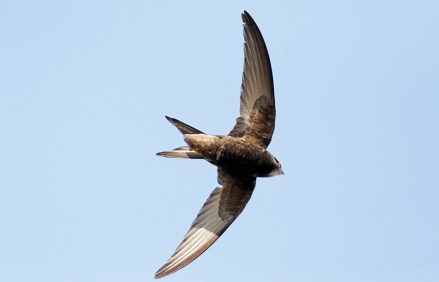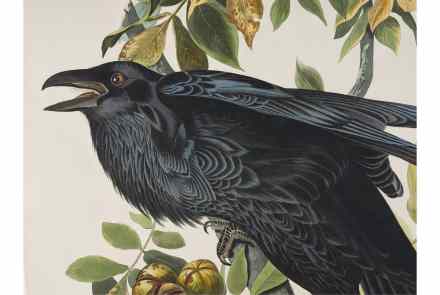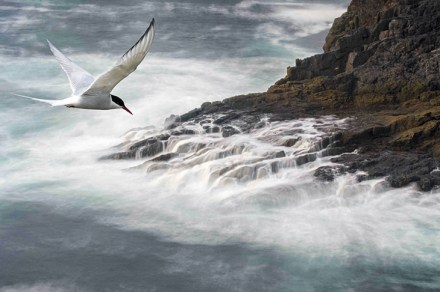The amazing aerial acrobatics of swifts
It happens usually in the second week of May, between about the 8th and 12th (this year it was earlier, the 2nd): a distant sound, building as it approaches, and then the doppler dip as the first of the returning swifts screeches past the roof of our Cornish farmhouse. It’s the opening bracket of the summer months, one that closes with their departure just 12 weeks later. But it is a reminder, too, that while we might think of our house as home to two adult humans, two teenagers and a dog, it is also the habitat for several nesting swifts, swallows, house sparrows, pipistrelle bats, mice, occasional winter rodents




